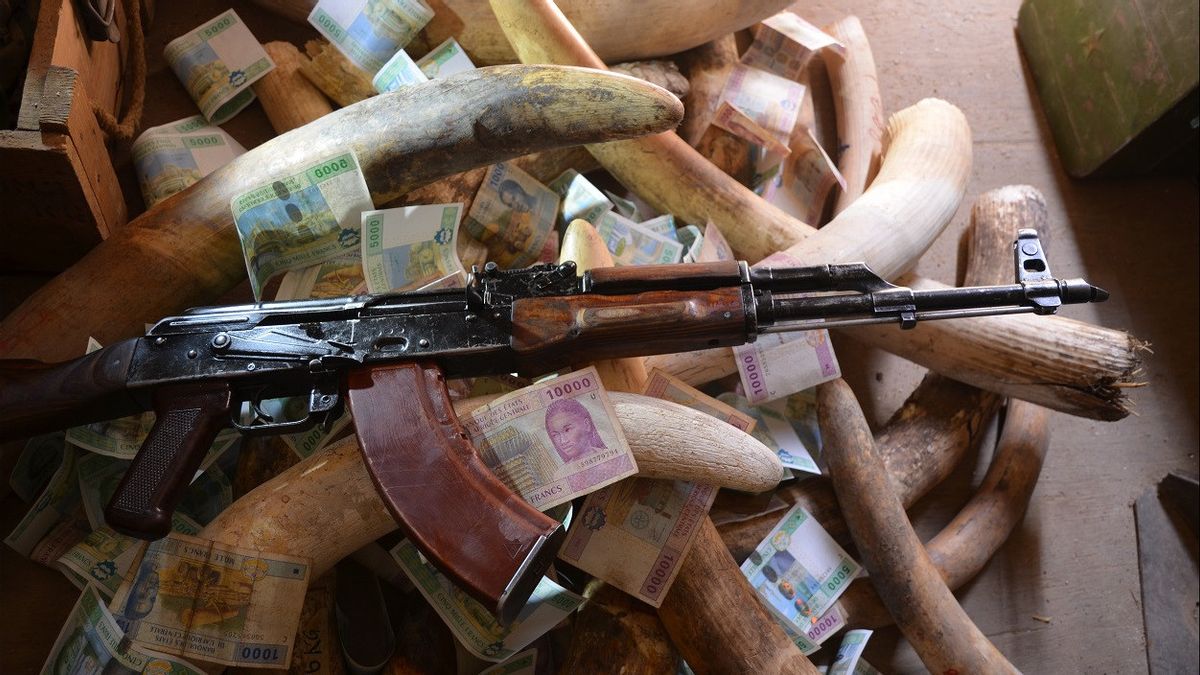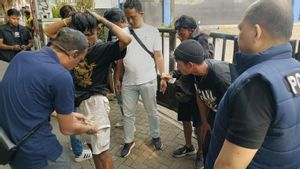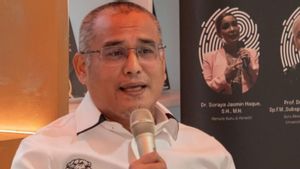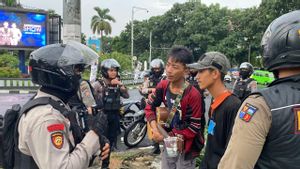JAKARTA - Every year, around 500 tons of poached elephant tusks are shipped from Africa, mostly to Asia. Poaching is the number one threat to the endangered African forest elephant and African savanna elephant.
Africa's elephant population is shrinking rapidly, with numbers dropping from about 5 million elephants a century ago, to about 415,000 today. The ban on the international commercial ivory trade imposed in 1989 has not stopped the decline either.
However, a new study offers a glimmer of hope for stopping poaching on the continent. Researchers have combined elephant DNA data and forensic evidence to map human trafficking operations across Africa.
Working closely with the Interpol Working Group on Wildlife Crime, they hope to shut down this illegal operation, reports Euronews February 18.
Researchers have taken DNA tests carried out on 4,320 elephant tusks out of 49 seized tusks, totaling 111 tons. The sample came from 12 African countries from 2002 to 2019, according to research recently published in the journal 'Nature Human Behavior'.
They have combined the results obtained with forensic evidence such as telephone records, license plates, financial records and shipping documents, to map trade operations across the continent and trace what they describe as "transnational criminal organizations" or TCOs.

"The transnational criminal organizations that we're trying to get hold of, they are the key. Because, once the tusk is out of their hands and out of Africa, it becomes very difficult to trace," said study co-author Professor Samuel Wasser of the University of Washington.
The study has revealed that at least three main criminal groups are responsible for smuggling the bulk of elephant tusks out of Africa.
"If you just look at that one seizure, you only have one block of physical evidence. You don't need to identify the transnational criminal organization behind the trafficking," said Special Agent John Brown III of the Office of Homeland Security Investigations, who has worked on environmental crimes for 25 years. year.
"However, the work of scientists identifying DNA links may remind us of the link between individual seizures," continued John Brown.
The study has identified key locations where ivory is hunted, packed in containers, then transported by truck or train to port cities, and how smugglers have changed their operations over time in response to law enforcement.
It is known, the current trading center is in Kampala, Uganda; Mombasa, Kenya; and Lome, Togo.
Wasser hopes the findings will help law enforcement officials target the leaders of these networks, not the low-level hunters who are easily replaced by criminal organizations.
To note, traders who smuggle ivory also frequently move other contraband, the researchers found.
For example, a quarter of large seizures of pangolin scales, an endangered animal, were mixed with ivory, for example.
The English, Chinese, Japanese, Arabic, and French versions are automatically generated by the AI. So there may still be inaccuracies in translating, please always see Indonesian as our main language. (system supported by DigitalSiber.id)













